
10 minute read
Task Force LCS
PHILIPPINE SEA (June 13, 2021) The Independence-variant littoral combat ship USS Tulsa (LCS 16) conducts routine operations in the Philippine Sea. Tulsa, part of Destroyer Squadron (DESRON) 7, is on a rotational deployment operating in the U.S. 7th fleet area of operations to enhance interoperability with partners and serve as a ready-response force in support of a free and open Indo-Pacific region.

Advertisement
Photo by Mass Communication Specialist 2nd Class Colby A. Mothershead
A lone ship sails through the red and golden hues of sunrise, its silhouette visible over the horizon amidst shimmering sunlight sparkling on the rising and falling waves. USS Gabrielle Giffords (LCS 10) glides through the water of the
South China Sea, providing a formidable presence that signals to the United
States’ allies that it is there to help maintain a free and open Indo-Pacific.
Although the littoral combat ship (LCS) is sailing solo and quickly putting itself in harm’s way, it fearlessly moves into the coastal regions at full speed. A LCS doesn’t need a squadron or aircraft carrier where it’s going – it’s the kind of ship specifically designed to operate in the shallow areas – the littorals. It can go places in the Arabian Gulf, the South China Sea, and the Horn of Africa that large surface combatants cannot. That makes this high-speed platform incredibly important to today’s Navy arsenal. However, during the conflicts in Iraq and Afghanistan, the need for a new small surface combatant was identified. Combatant commanders wanted a ship capable of operating on the open ocean and close to shore.

One of the platform’s purposes is to take up operations such as patrolling, port visits, anti-piracy, and partnershipbuilding exercises to free up high-end surface combatants for increased combat availability. LCS has been in operation for nearly 15 years, but did not begin deploying until 2019 due to reliability issues with the ship class. The Navy conducted a study in 2016, identifying ways to improve performance and reliability, with some of those fixes bearing positive results. The 2016 study also identified areas where the Navy needed to collect more data. Four years later, the Navy reevaluated the LCS platform. After nine completed LCS deployments, 2020 was a good time to look more closely at collected information and they wanted to reexamine success and failure and take corrective action to make both variants more reliable.

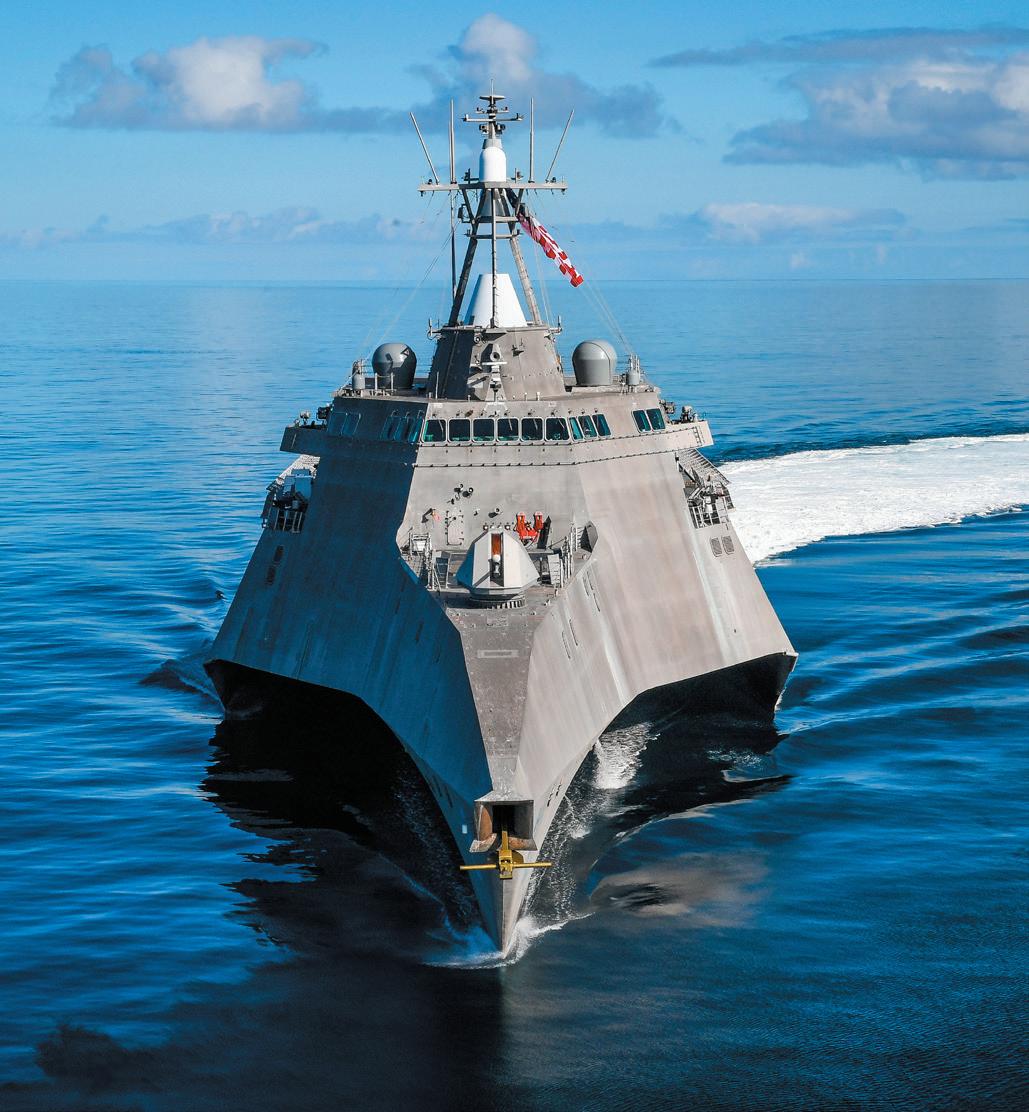
Photo by Chief Mass Communication Specialist Shannon Renfroe

Naval Surface Forces stood up Task Force LCS to consolidate efforts across the Navy and rapidly improve the LCS platform. This team of experts from commands across the fleet came together to analyze, develop, and implement improvements for the ship class. There are four main efforts or lines of operation that the task force is focused on improving: reliability, sustainability, lethality, and force generation. Each line of operation has a senior Navy captain directly responsible for using analytics to identify where to take action and driving efforts to resolve the issues in their respective lines. Rear Adm. Robert Nowakowski is spearheading Task Force LCS by utilizing a data-based approach to improve the LCS program. Nowakowski was tapped by Vice Adm. Roy Kitchener, Commander, Naval Surface Forces to lead this effort.

Nowakowski is a Reservist with extensive operational experience and is a process engineer in his civilian career. His expertise and experience made him an ideal choice to guide the Navy in a systematic approach to tackling issues with LCS. The goal of the task force is to resolve the systemic issues of the platform by using data driven solutions that improve the platform’s lethality and make LCS a reliable asset to the fleet. Implementing the improvements of these ships takes time – much like a football program might have a ‘rebuilding’ year. But in the next few years, the world will see the changes LCS has and will continue to bring to the fleet. These changes won’t just be more visible to our nation, but the rest of the world who will also see what the U.S. Navy’s LCS can do.

Photo by Mass Communication Specialist 2nd Class Devin Bowser


Freedom Variant
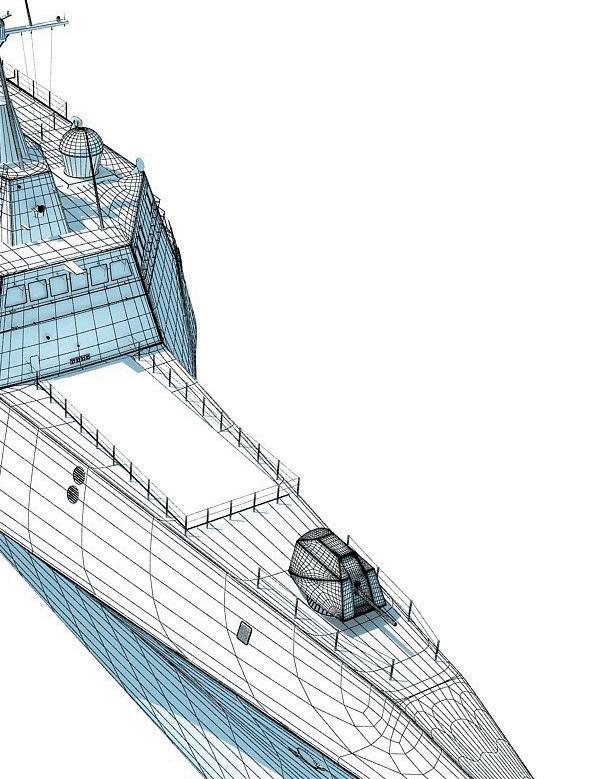
Photo by U.S. Navy Independence Variant
There are two variants of Littoral Combat Ships, Freedom and Independence. These variants are divided into two squadrons. Freedom variants have odd numbered hulls and are based out of Mayport, Florida under LCS Squadron 2. Independence variants have even numbered hulls and are based out of San Diego, California under LCS Squadron 1.
Photo by U.S. Navy
Improving reliability is critical to ensuring that these ships can meet Numbered Fleet Commanders’ requirements. By implementing these fixes, we expect to decrease unplanned downtime and increase the number of days the ships are available for tasking.
– Capt. Matt Lehmann, Task Force LCS
“The key is the reliability and keeping LCS at sea. That’s the thing we tend to focus on. And the teams that are out there sailing, those ships are experts and outstanding at applying the capability where it’s needed, and finding a way to maximize it.” – Rear Adm. (ret). Donald Gabrielson, Commander, U.S. Naval Forces, U.S. 4th Fleet.

The Task Force has identified 32 key reliability issues on both Freedom and Independence variants. Of the 32 issues, there are nine that have the biggest impact and where the task force is currently focusing its efforts. Fixing these nine issues will improve reliability to deliver more operational days at sea. For the Freedom-variant, five upgrades are necessary: combining gear, ship service diesel generator rigid mounts, ship service diesel generator fuel lines, waterjet thermoplastic hose upgrades, and boat davit upgrades. The most notable of the fixes is the combining gear. The Navy accepted delivery of USS Minneapolis-Saint Paul (LCS 21) in January 2022 after rigorous testing of the new combining gear modification. For the Independence-variant, there are four prescribed fixes: waterjet cylinder replacement, waterjet pressure switch replacement, main propulsion diesel engine intercooler replacements, and the main propulsion diesel engine jacket water tank level switch. The Navy is working with industry on reengineering all four parts and expects to begin installation and testing in the fall of 2022.
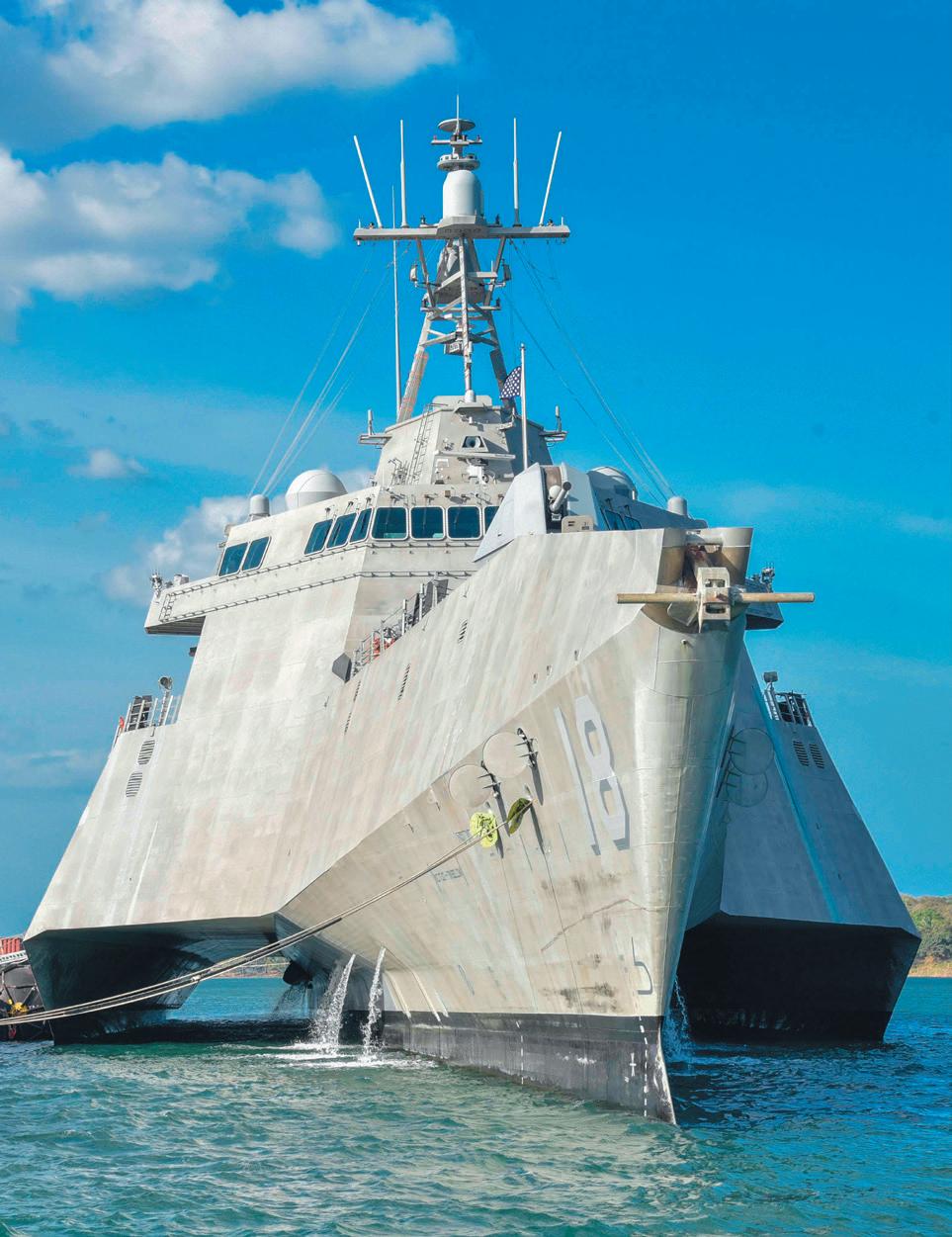

Photo by Chief Mass Communication Specialist Shannon Renfroe Photo by Mass Communication Specialist 2nd Class Marianne Guemo

The reduction of both planned and unplanned maintenance and unexpected downtime is the goal. We’re working hard to give the Navy a ship with minimal time inport conducting maintenance so that operational days can be bought back.

– Mr. Paul Lommel, Task Force LCS “The battle problem for LCS has changed over time. The Navy is driving innovative and agile solutions to optimize LCS utilization in support of Fleet Commanders throughout the maritime domain to protect our nation.” – Rear Adm. Robert Nowakowski, Task Force Littoral Combat Ship Lead, Commander, Naval Surface Force, U.S. Pacific Fleet.
The deployments of LCS to 4th and 7th Fleet areas of operation allowed the Task Force to identify several key factors that would improve sustainability, meaning a ship’s ability to conduct both routine and unplanned maintenance. USS Jackson (LCS 6) is the first to conduct a pilot program for the Preventative Maintenance System (PMS) during its underway. The pilot will allow the crew to shift certain monthly checks to every two months in order to buy back operational days at sea. Maintenance Execution Teams (METs), Sailorcentric cadres of repair experts, are being implemented in Singapore, Bahrain, and Guam to work on most LCS systems. Remote Operating Sites (ROS) have been identified to support the capabilities for maintenance at sea, where the METs and container boxes can be flown from the ROS to the ship, buying the deployed LCS even more operational days than before, increasing the inventory of critical and high fail parts on LCS in deployed locations. Nearly 1,000 LCS Reserve Enterprise Sailors are also postured to support the strategic depth and operational capability needs of the fleet.
LCS is lethal in the littorals and we are focused on increasing the lethality of the ship through the addition of Naval Strike Missile (NSM) and other weapons systems.
- Capt. David Walton, Task Force LCS
“Forward presence counts, and if you put strike missiles on those and perhaps some other promising things we can use to increase its offensive capability, it’s a viable ship platform or choice for Great Power Competition against our adversaries.” – Vice Adm. Roy Kitchener, Commander, Naval Surface Force
Task Force LCS plans to execute a proof of concept demonstration for increased surface offensive lethality by 2022. The Navy installed Naval Strike Missile (NSM) on four Independencevariant LCS (LCS 6, 10, 16, 18) and will continue to install NSM on LCS hulls this year, prioritizing U.S. Pacific Fleet deployers. NSM will also be installed on all hulls from USS Milwaukee (LCS 5) and followon in the future. The Anti-Submarine Warfare (ASW) Mission Package is in developmental testing and is scheduled to reach initial operational capability (IOC) in fiscal year 2022, while the MCM Mission Package aviation components are supporting current deployments in 7th Fleet. Remaining systems are in developmental testing and are scheduled to IOC in fiscal year 2022.
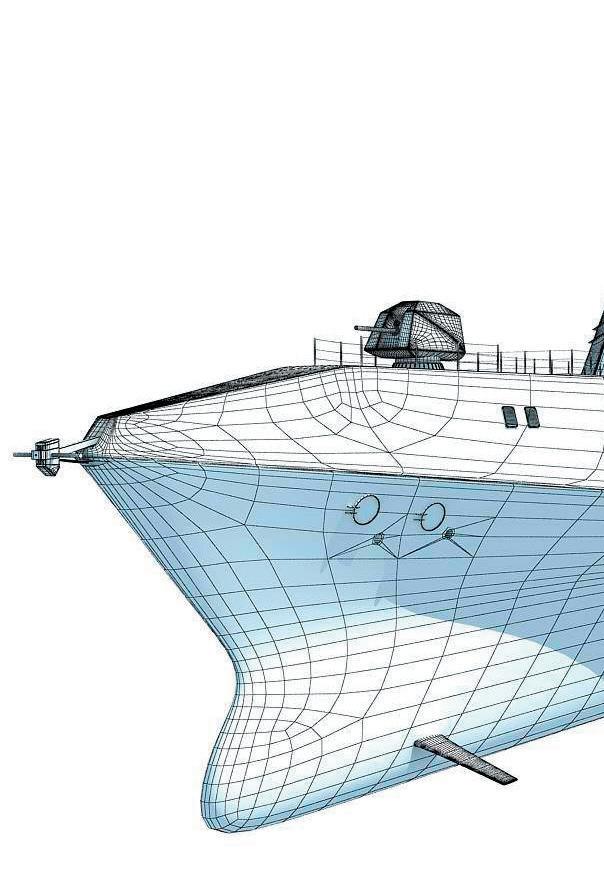

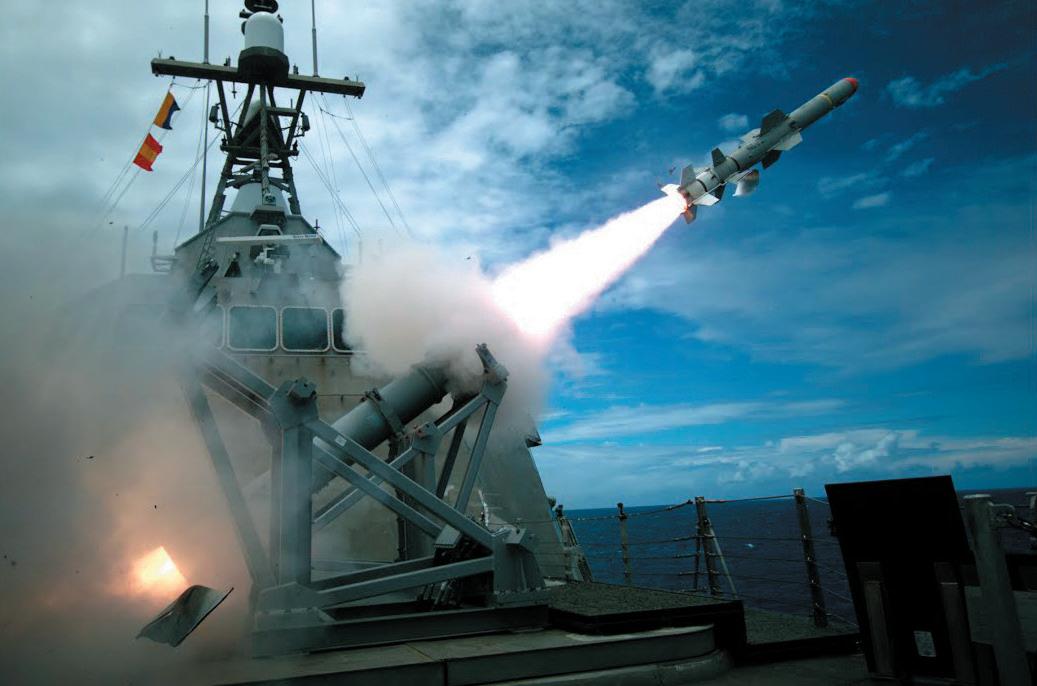
Training Simulator

Photo by Mass Communication Specialist 2nd Class Kevin C. Leitner
We are transitioning the LCS training pipeline and command and control infrastructure to A predictable and repeatable process that aligns with current fleet norms. This will allow us to better train and certify crews and ships in a more efficient manner.
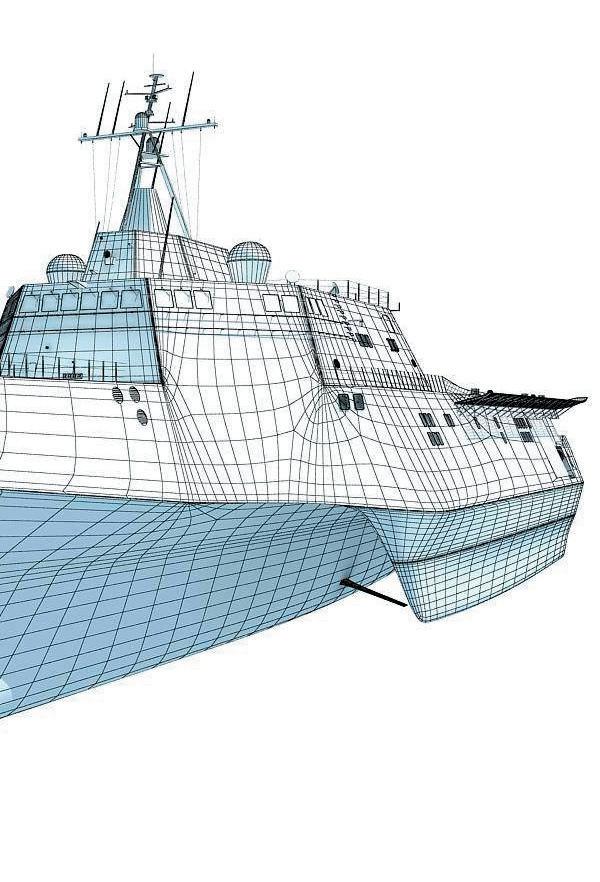
- Capt. James Harney, Task Force LCS
“After asking ourselves what the key missions of LCS are, we have tailored the platform’s advanced and integrated training to mirror ships that have similar missions, in order to streamline force generation.” – Vice Adm. Roy Kitchener, Commander, Naval Surface Force
Task Force LCS is working to normalize the LCS training pipeline and command and control infrastructure to a predictable and repeatable process designed to train and certify crews and ships to meet operational commander tasking. To do this they are working to improve both LCS crew training and the command and control infrastructure by making it more efficient. This includes: • Consolidating all Surface Ship Basic Phase training at Afloat Training Groups (ATGs). • Tailoring LCS Advanced and Integrated training to required Numbered Fleet Commanders’ missions. • Conducting a review of missions, functions, tasks, and billets with the LCS Squadrons and Divisions to identify areas to eliminate redundancy. *
The Arleigh Burke-class guided-missile destroyer USS Porter (DDG 78) transits the Bosporus, Jan. 28, 2021. Porter, forward deployed to Rota, Spain, is on its ninth patrol in the U.S. 6th fleet area of operations in support of U.S. national security interests in Europe and Africa. Photo by Mass Communication Specialist 2nd Class Damon Grosvenor












